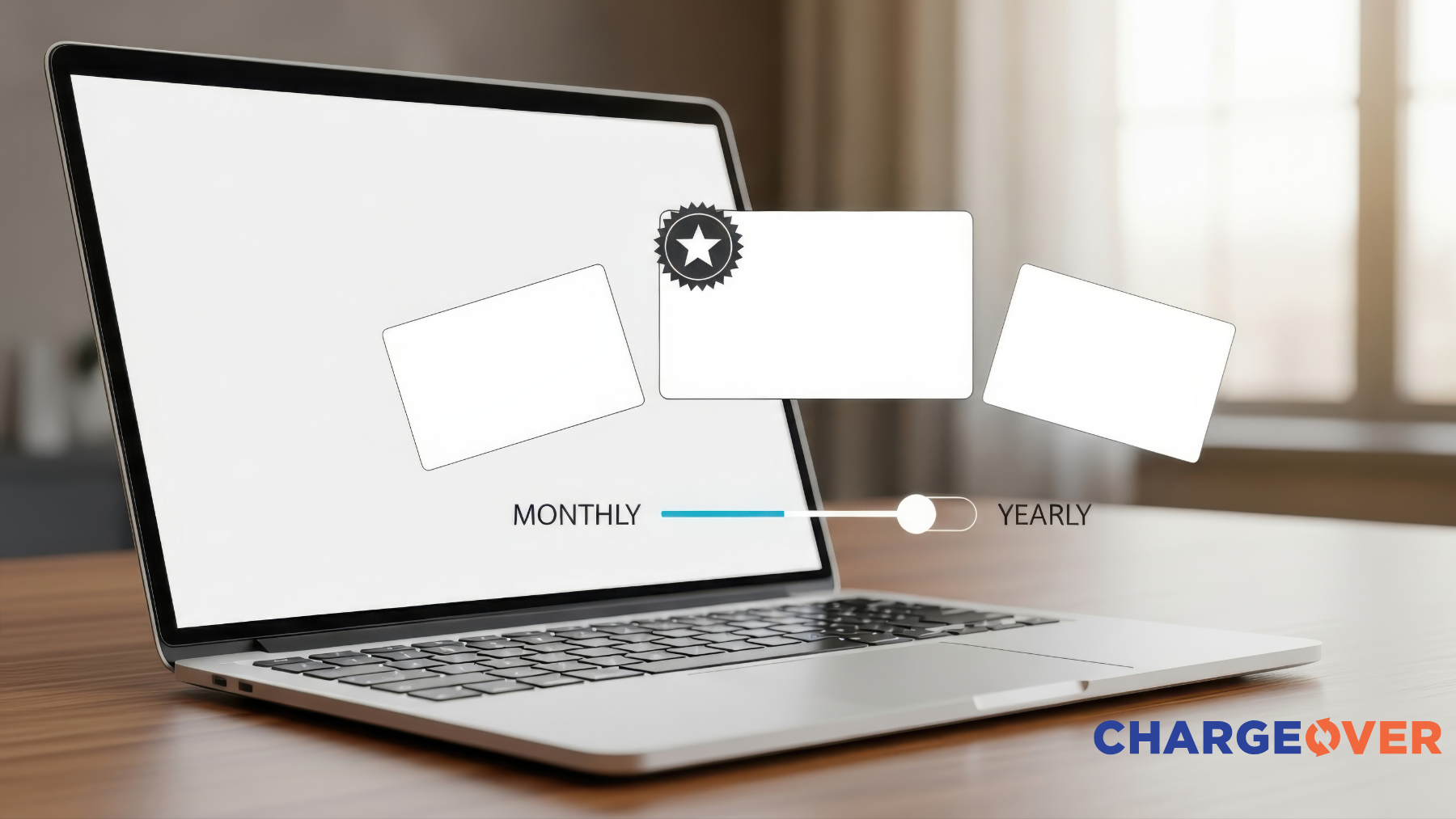Strategies for Mitigation and Recovery
Healthy cash flow is sets businesses up for sustainability and growth. Late payments and customer disappearances, commonly referred to as "ghosting," pose significant challenges for businesses of all sizes and industries. When customers fail to pay invoices on time or vanish without settling their debts, businesses experience cash flow disruptions, strained relationships, and operational inefficiencies. This article examines the detrimental effects of late payments and ghosting on businesses and proposes strategies to mitigate these issues, emphasizing the importance of proactive communication, automated payment solutions, and technology adoption.
The Impact of Late Payments and Ghosting
- Cash Flow Disruptions: Late payments and ghosting disrupt a business's cash flow, leading to liquidity challenges, delayed payments to suppliers, and difficulties meeting financial obligations. Without sufficient cash reserves, businesses may struggle to cover operating expenses, invest in growth initiatives, or seize new opportunities.
- Strained Relationships: Persistent late payments or ghosting erode trust and strain relationships between businesses and their customers. Failure to honor payment commitments damages the business's reputation and may deter prospective clients or partners from engaging in future transactions.
- Operational Inefficiencies: The time and resources expended on chasing overdue payments detract from core business activities and operational efficiency. Business owners and staff may find themselves bogged down by administrative tasks, such as sending reminders, making follow-up calls, and reconciling accounts, instead of focusing on strategic priorities and growth initiatives.
You can get rid of many billing blues with automated billing software. When you’re ready to get paid on time, schedule a demo for a free consultation.
Strategies for Mitigation and Recovery
- Consistent Communication: Establish clear and transparent communication channels to educate customers about payment terms, expectations, and consequences of late payments. Implement a standardized process for invoicing and payment reminders, ensuring consistency and clarity across all interactions.
- Set Up Autopay: Encourage customers to enroll in autopay programs or recurring billing arrangements before commencing services or entering into contracts. Autopay ensures timely and predictable payments, reduces the risk of late payments or oversights, and simplifies the billing process for both parties.
- Invest in Automation: Leverage technology solutions, such as accounting software or invoicing platforms, equipped with automated payment reminders and follow-up functionalities. These tools streamline the invoicing process, schedule payment notifications, and escalate overdue accounts, reducing the burden on business owners and staff to manually chase down payments.
- Implement Credit Policies: Establish clear credit policies outlining payment terms, late fees, and consequences for non-compliance. Communicate these policies upfront and enforce them consistently to incentivize timely payments and deter delinquent behavior.
- Diversify Payment Options: Offer customers a variety of payment options, including credit cards, electronic funds transfer (EFT), and online payment gateways, to accommodate diverse preferences and facilitate prompt settlements. Streamlining the payment process enhances convenience for customers and expedites cash collection for businesses.
- Strengthen Contractual Agreements: Prioritize robust contractual agreements that outline payment milestones, deliverables, and dispute resolution mechanisms. Clearly defined terms and conditions mitigate ambiguities, minimize disputes, and provide recourse in the event of payment defaults or breaches of contract.
- Conduct Credit Checks: Before extending credit or entering into contractual agreements, conduct thorough credit checks and due diligence to assess the creditworthiness and financial stability of prospective customers. Identifying potential red flags early on helps mitigate the risk of non-payment and minimizes exposure to bad debt.
Recovering payments can eat up a lot of your time. Setting up a couple easy processes before the invoices are sent will improve payment timeliness and decrease the likelihood of your customers becoming ghosts. Download our free eBook to learn 5 additional ways that you can improve your payment recovery process.
Late payments and customer ghosting pose significant challenges for businesses, jeopardizing cash flow, damaging relationships, and impeding operational efficiency. By implementing proactive strategies such as consistent communication, autopay enrollment, and automation of payment reminders, businesses can mitigate the impact of late payments and enhance their financial resilience. Investing in technology solutions that streamline invoicing processes and enforce credit policies enables businesses to focus on growth initiatives and value-added activities, rather than being bogged down by overdue accounts. Ultimately, prioritizing proactive measures and fostering a culture of financial responsibility can safeguard businesses against the adverse effects of late payments and ghosting, fostering long-term sustainability and success.
Transform Your Billing Experience
Your results are just the beginning. Learn how to optimize your billing and scale your success.


